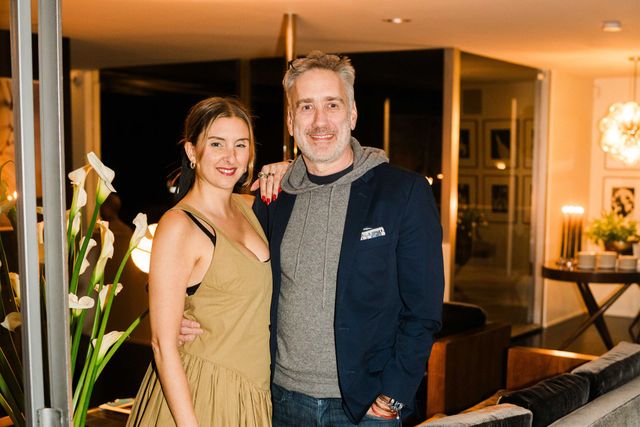Conversation with Lee Yong Chye of BenTen East
- Category
- Q&A
- Written by
- Lyn Yip
- Published
- October 10, 2018
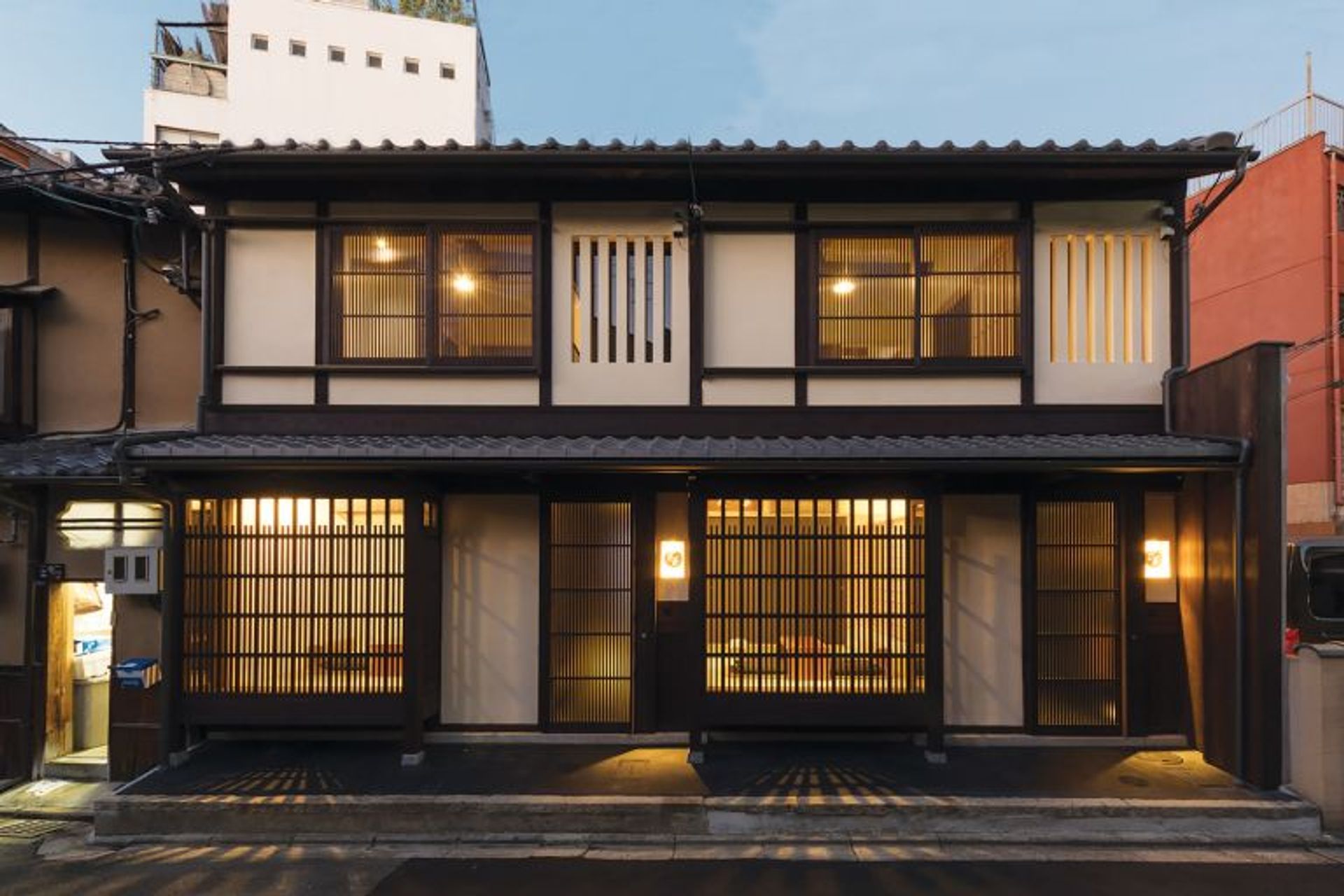
BenTen East, named after the street it sits on in Higashiyama, one of Kyoto’s best-preserved historical districts, has a delightfully typical façade. The simple boxy structure of the kyo-machiya, or townhouse, sits quietly like a stage for shadow play, and wooden blinds cast moody fantails of light on the ground at sunset. It looks like it hasn’t really changed for a hundred years because that’s pretty much the case.
We recently caught up with Lee Yong Chye, one of four friends who took it upon themselves to save ancient kyo-machiyas from the bulldozers of “progress”. What started as a conversation about restaurants and hotels in Japan between three Singaporeans and one Malaysian turned into a passion project. The friends acquired one, then a second kyo-machiya, and devoted themselves to their restoration with the fervor of converts, bringing the townhouses into the 21st century while preserving their history.
The friends are now on to a new project: a brand new kyo-machiya, handcrafted from scratch. Yong Chye took a moment in the midst of the action to talk about history, his beloved Kyoto, and the adventure of restoration.
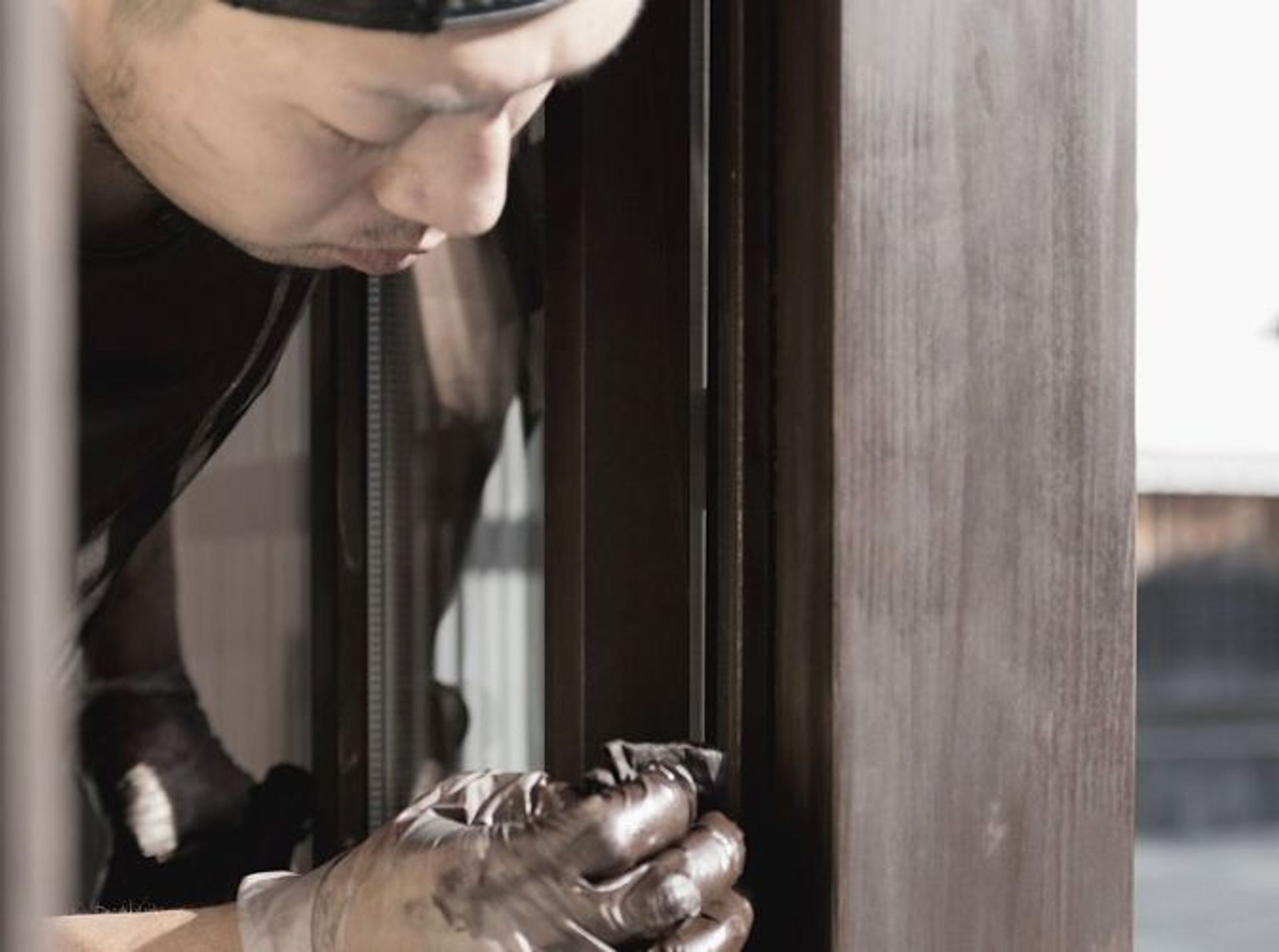
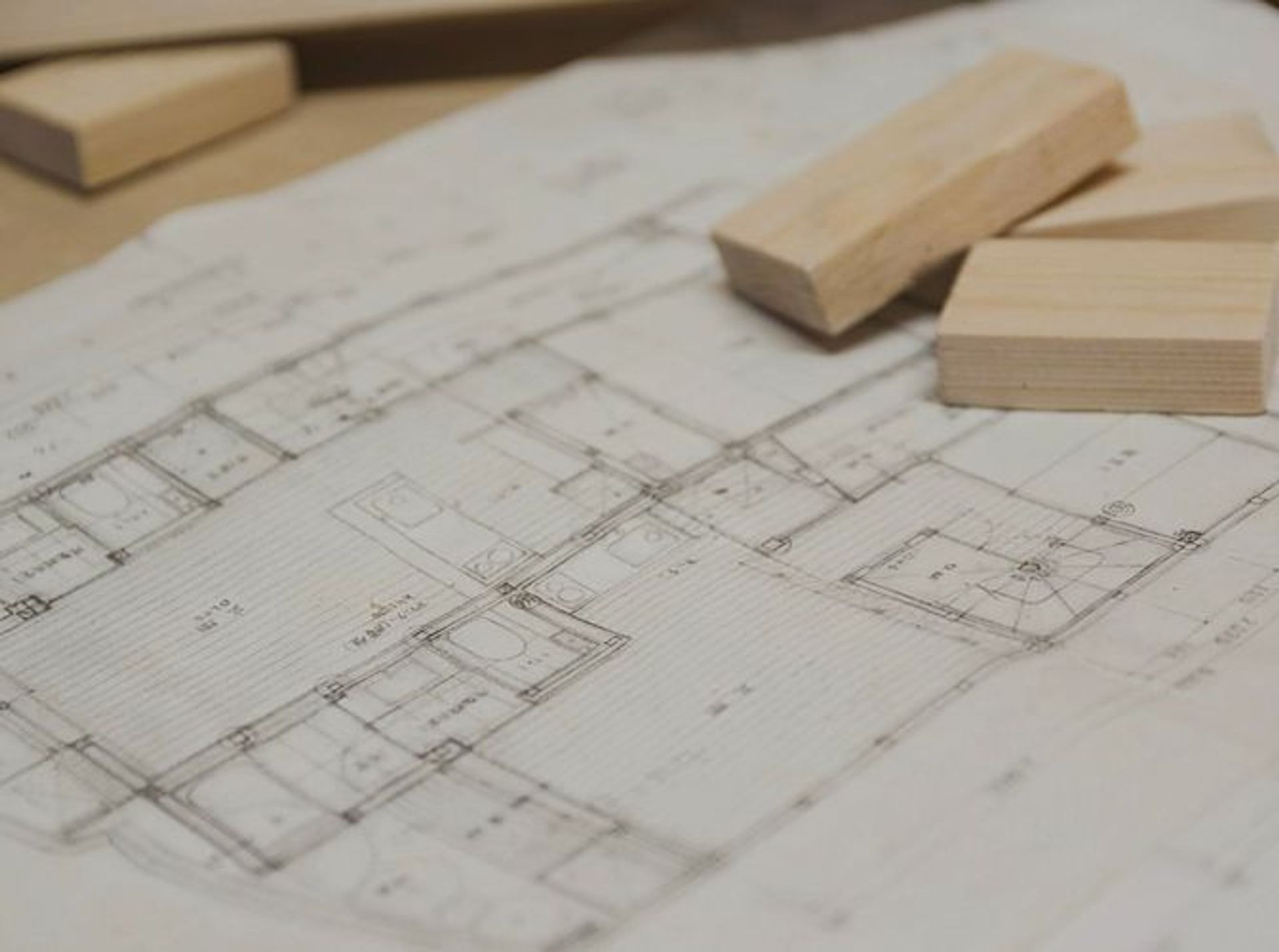
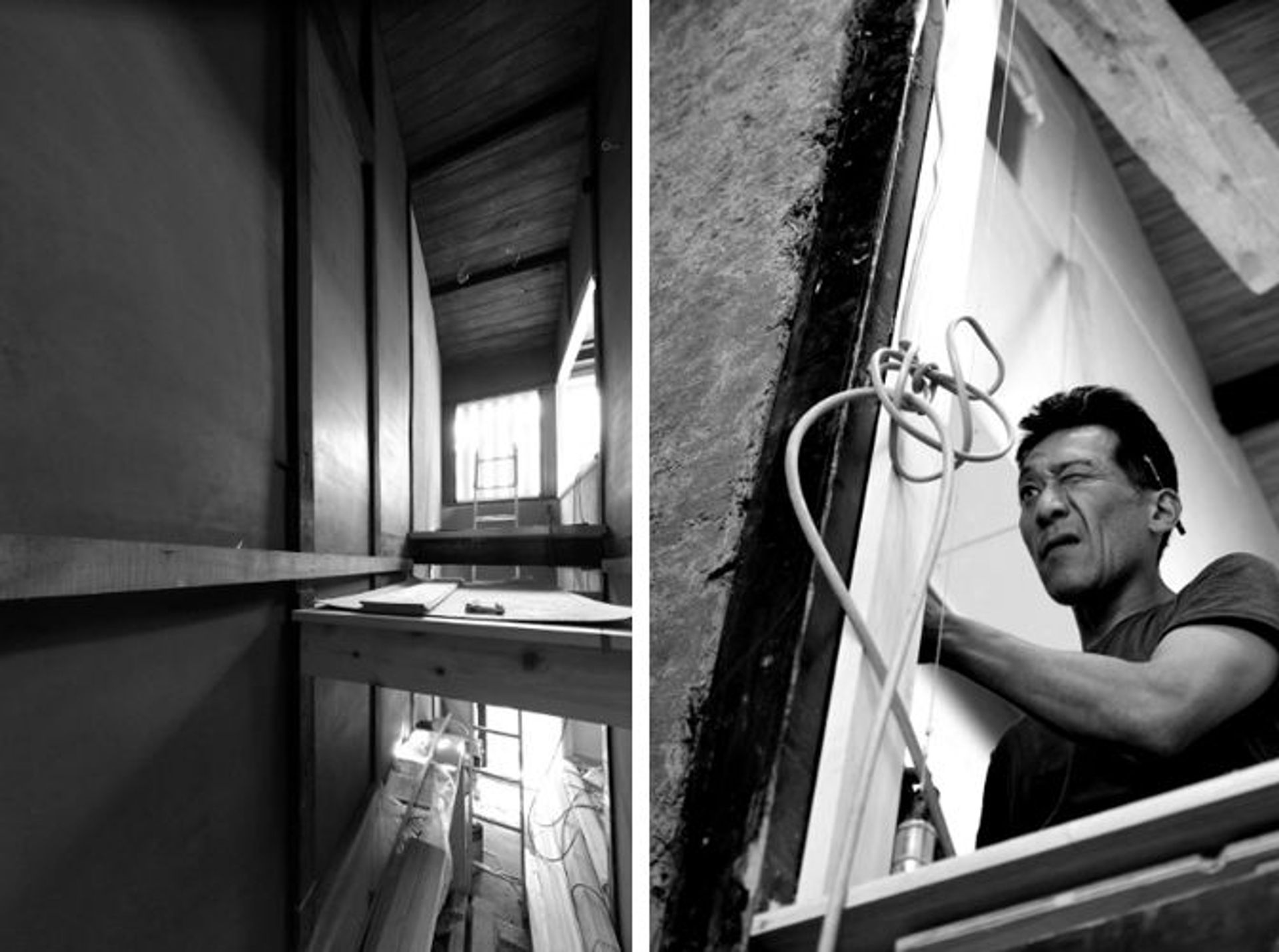
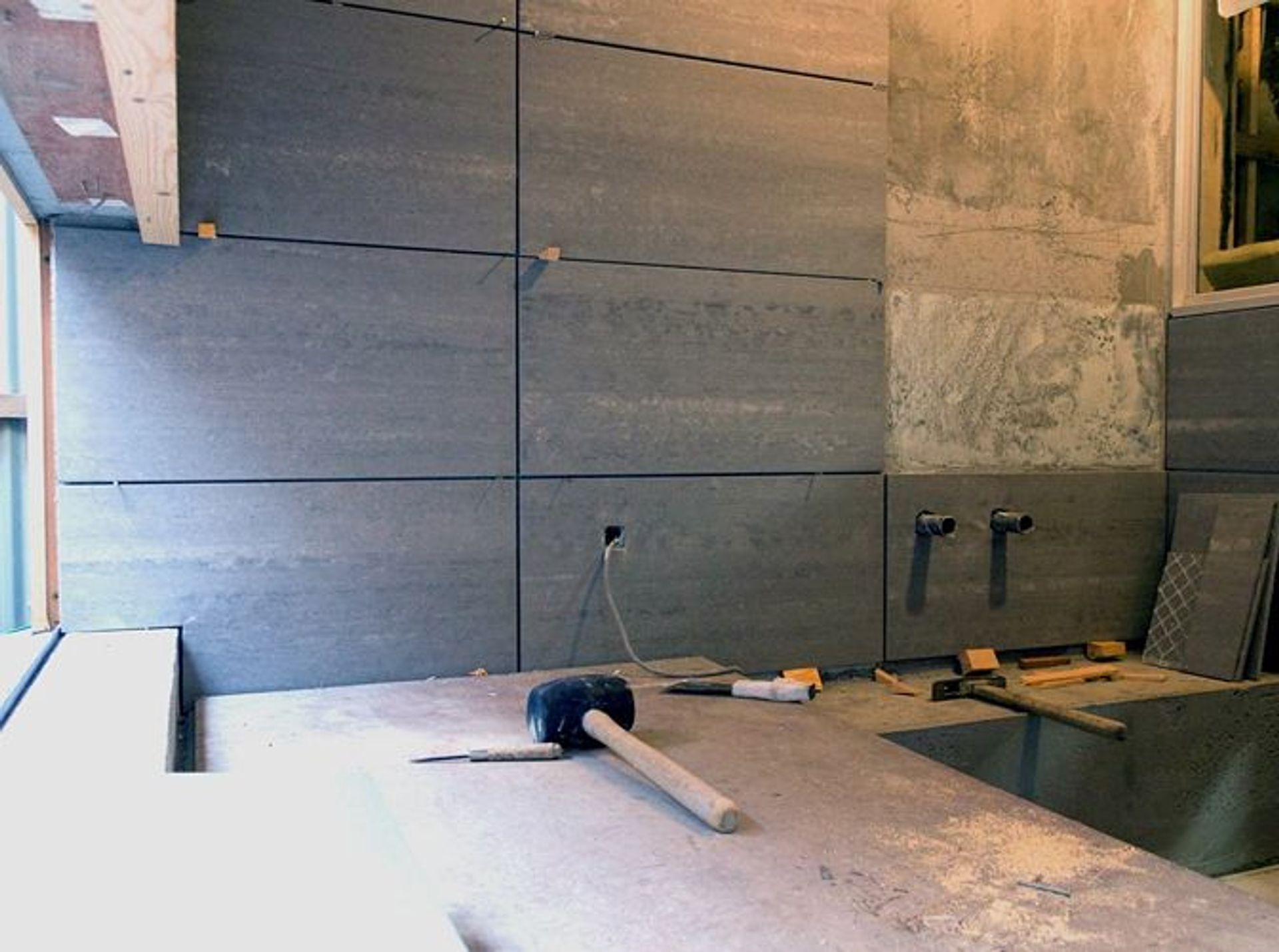
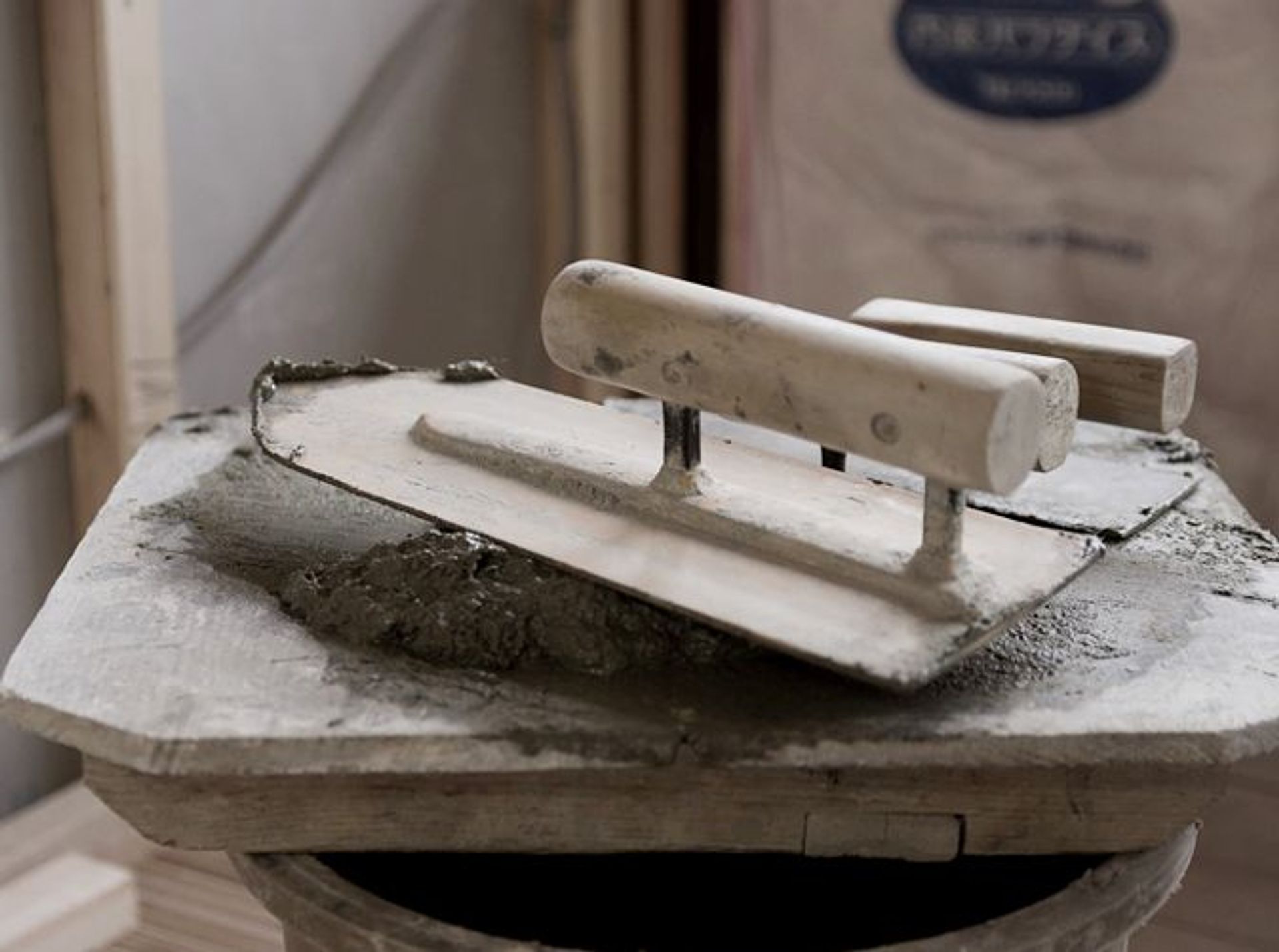

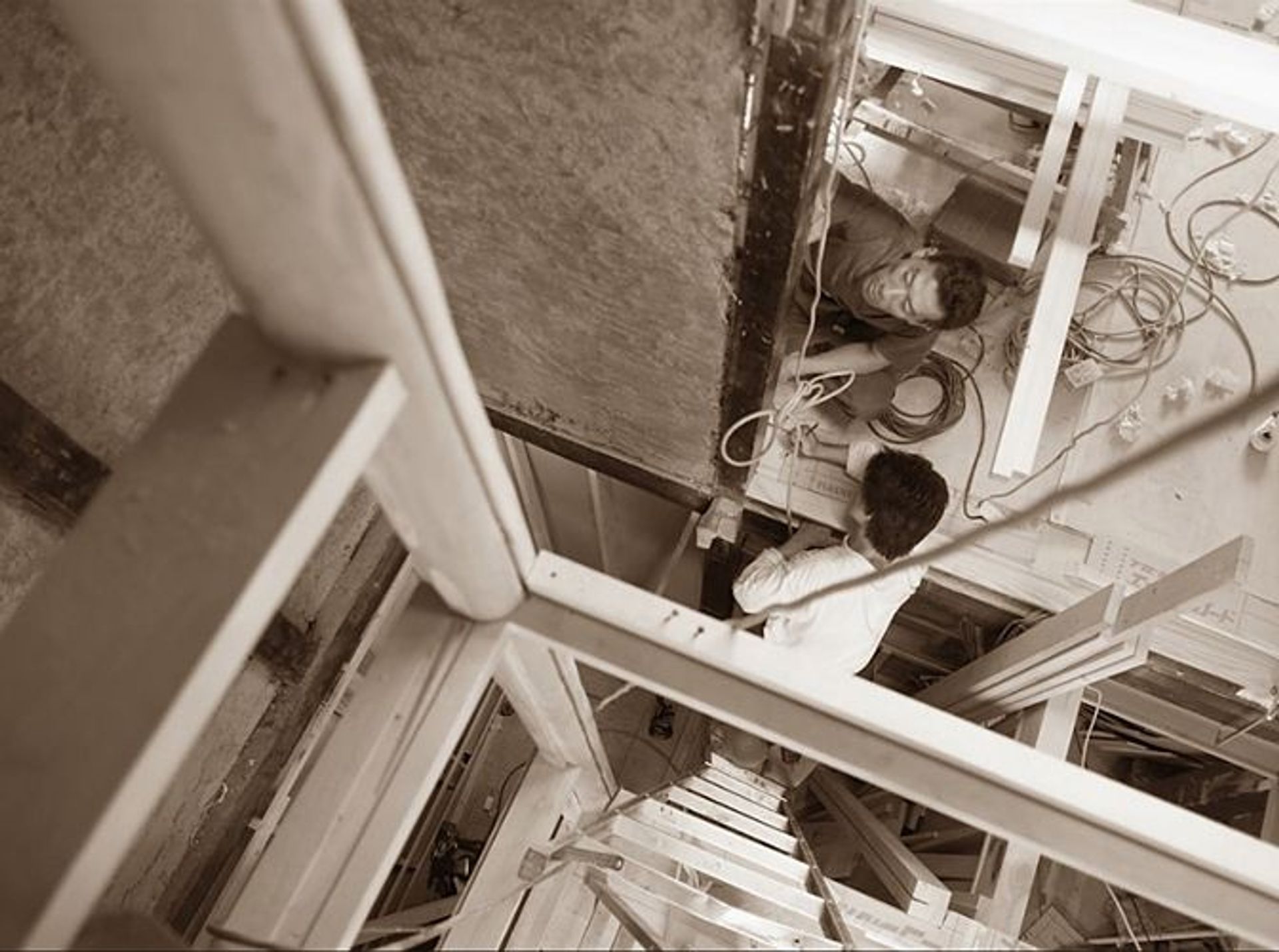
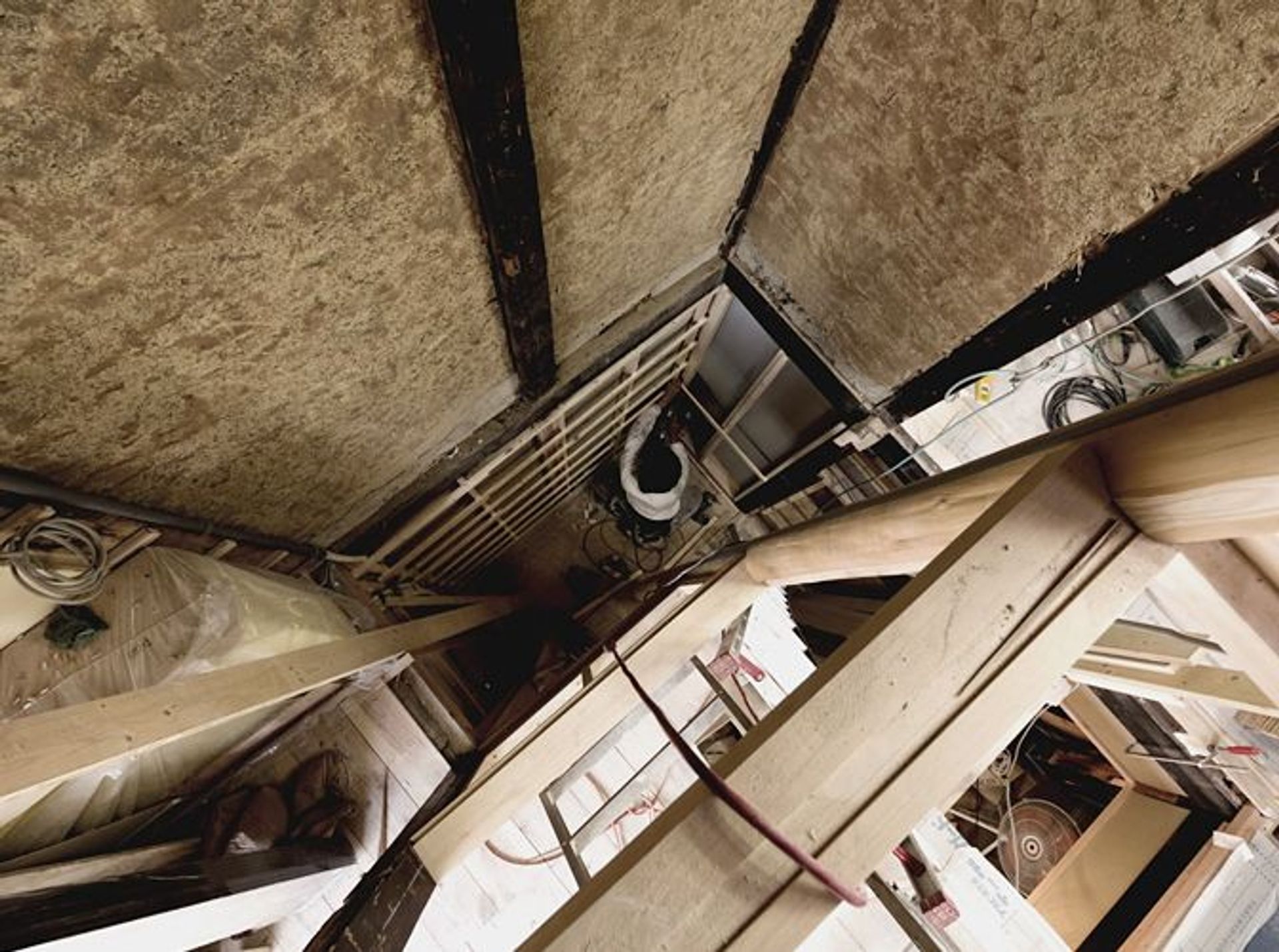
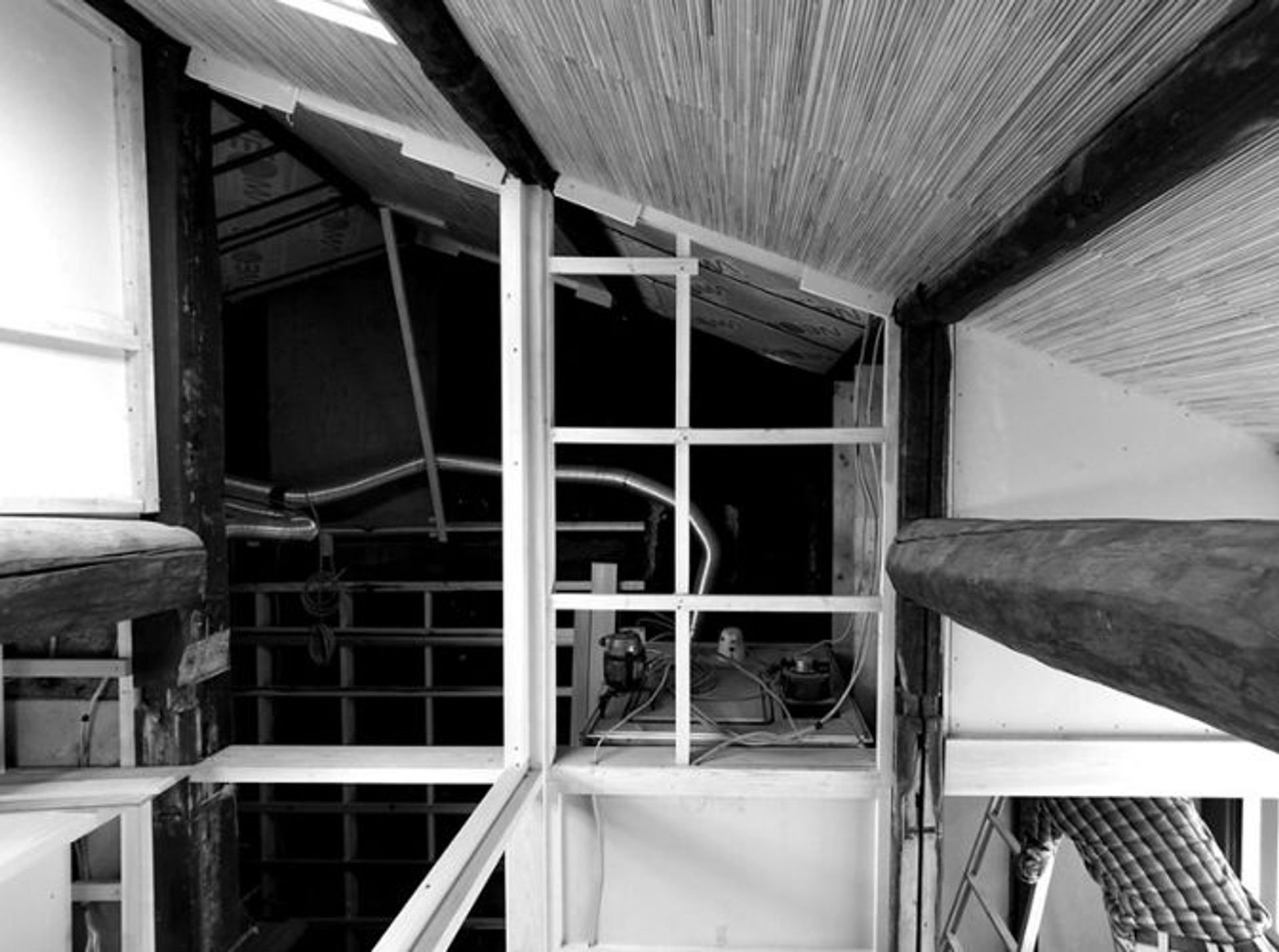
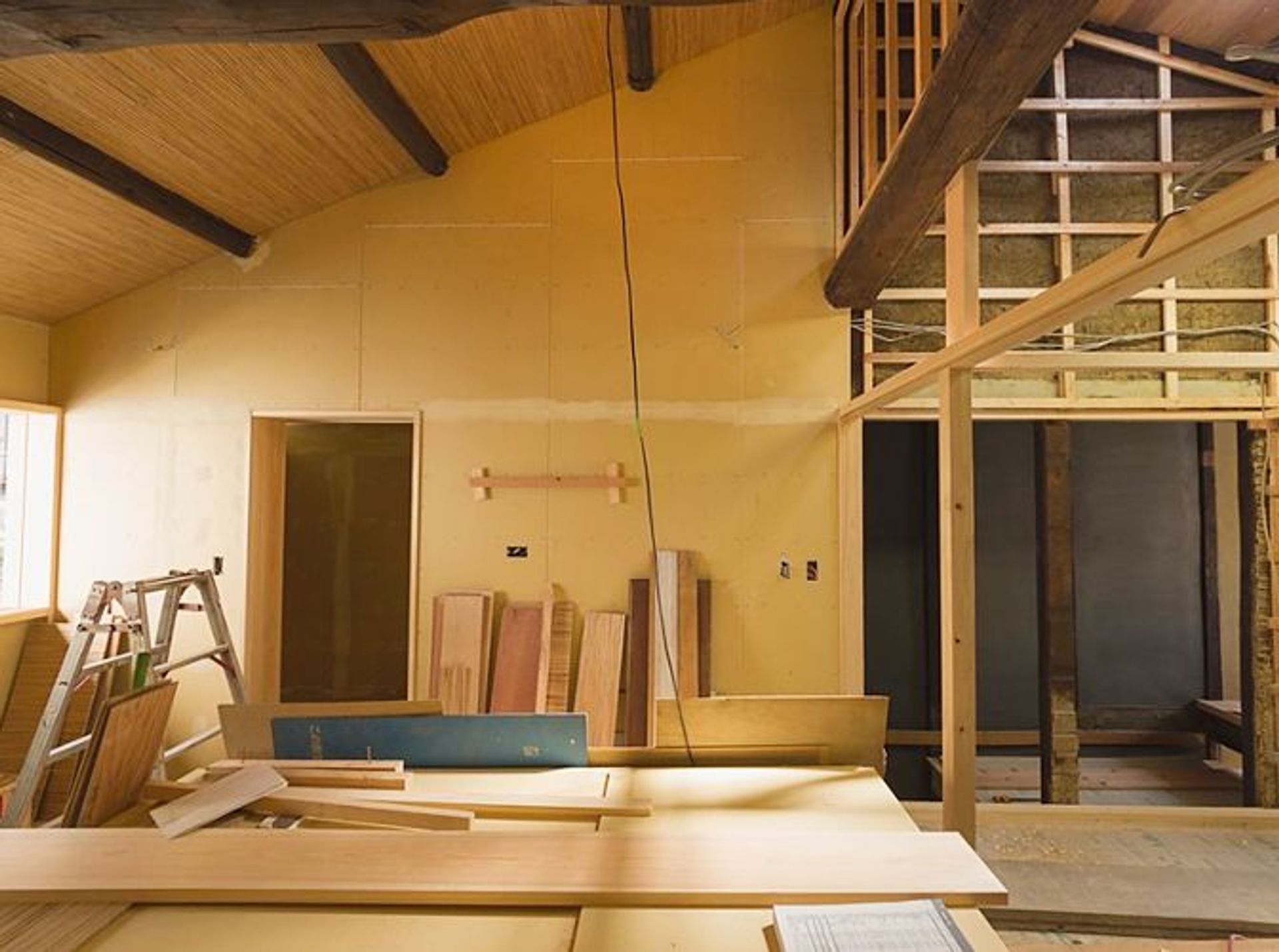
KYOTO, THE CITY ITSELF, IS A CENTRAL FACTOR IN YOUR PROJECT. TELL US A BIT ABOUT WHAT KYOTO MEANS TO YOU.
Lee Yong Chye: “Owning something in Kyoto is, to me, having the opportunity to own a piece of history. It is a historic city, the ancient capital of Japan. Because it wasn’t bombed during the world war, the structures that we see today have been preserved. So being part of Kyoto is actually being a part of history.”
DID YOU HAVE EXPERIENCE IN RESTORING HISTORICAL PROPERTIES?
LYC: “No, this is the first one. In 2012, I renovated my own apartment. I purchased a fairly old apartment, gutted it and redid it. The experience for BenTen was very interesting because there were many regulations to satisfy, and coming from Singapore, you really wonder why things take longer than they should. But for the Japanese, there is due process. They sand down a new piece of wood and made sure the grain matches the old piece, only to cover it up after. At first, we were like ‘Okay… why?’ But, after thinking it through, I realized what is important is not what we see. Just having that effort put into something that will not be visible to the occupants in this property, it just means that everything is very solidly done.”
IT’S ALWAYS A CHALLENGE FINDING THE PERFECT PEOPLE TO WORK ON SUCH A PROJECT. HOW DID YOU FIND THE ARTISANS WHO WORKED ON BENTEN EAST?
LYC: “The craftsmen are good friends of our architect. Our architect, who is Japanese, has experience building and restoring machiyas. He was very hands-on; you see him on the site helping the craftsmen, working alongside them. His work ethic is very inspiring. The craftsmen who work with him know that he will definitely do his best to make sure that their ideas and concerns are addressed. It’s a job well done at the end of the day because everybody chipped in. The team of craftsmen we work with is one of the few teams who make the portable shrines (mikoshi) for the Gion Matsuri Festival, so they are very experienced and very in demand.”
BENTEN EAST IS TRADITIONAL WITH DECIDEDLY MODERN ACCENTS. HOW DID YOU FIND THE BALANCE BETWEEN OLD AND NEW?
LYC: “The Japanese craftsmen are extremely good at their work, and very professional and talented, but they are sometimes shy about deviating from what they have been doing. The traditional townhouses are usually very narrow and quite dark. When our architect did it, he wanted to have a more traditional take on things—the passages were narrower, the doorways a bit lower since traditionally people were not so tall. But one of our friends is very tall so we had to make sure that the doorways were at least 1.8m high.
"That led us to challenge our architect: why don’t we make it bright? And in the end the compromise we came to is that the entrance hallway was kept dark. In the traditional machiyas, to save on heating the kitchen is not enclosed so the warmth and smoke from the kitchen goes all the way up to the roof so it heats up the whole house. And as you do that, all the walls become black. That is why the walls along the hallway are dark. We tried to maintain that effect.
“The other part of the color scheme is more Scandinavian—overall white-ish walls, which is very unusual for a traditional Japanese townhouse. We actually used traditional thatching materials to recreate the old handmade roofing, and where possible we exposed and preserved wooden beams on the ceilings so that we can bring out the traditional part of the structure.”
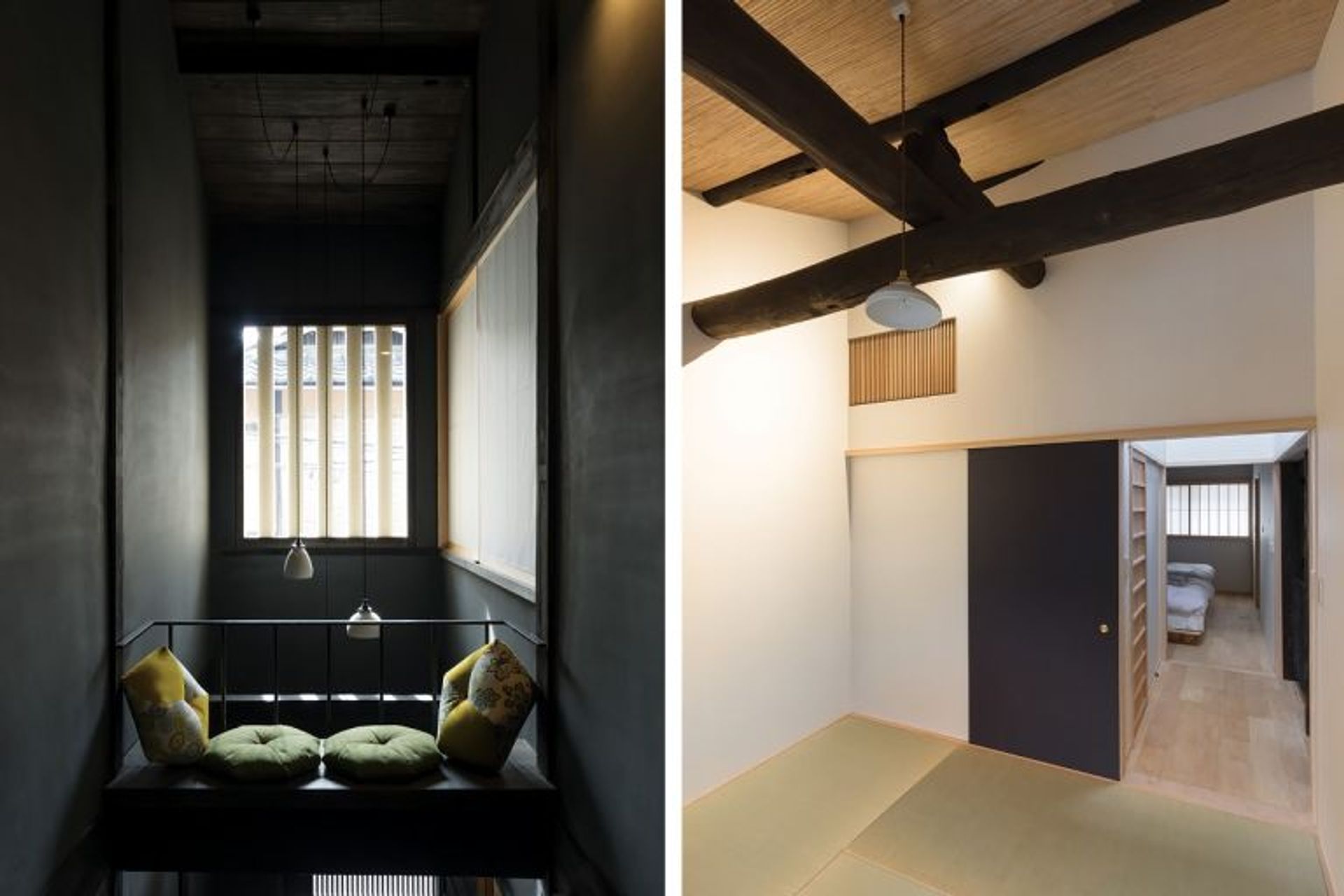
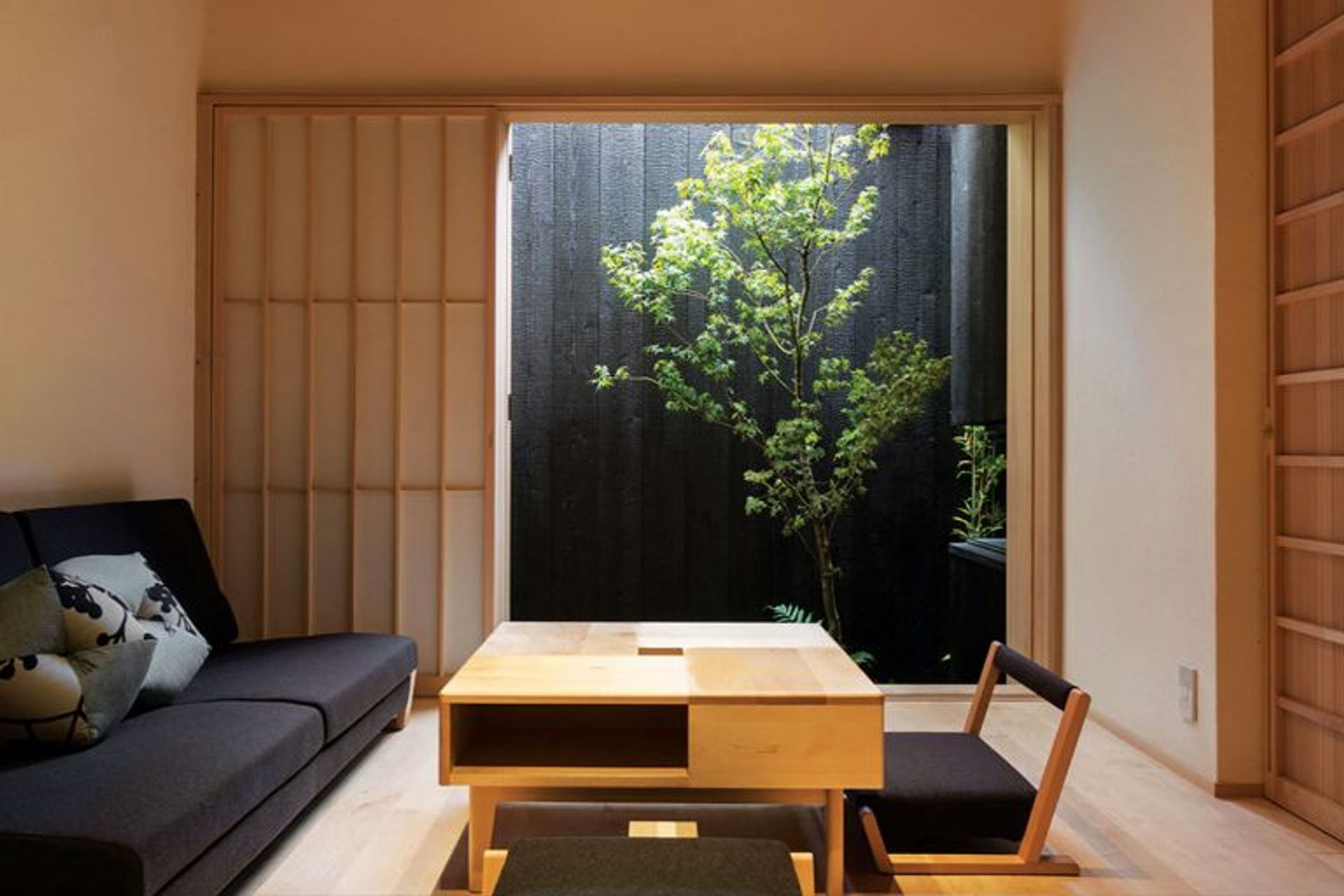


WHAT IS YOUR FAVOURITE SPACE IN BENTEN EAST?
LYC: “At the staircase landing on the second floor, there is a bench where we have placed a few cushions. To me, it’s a nice reflection space. Just sit there, think about things… It’s very nice and airy—you can see all the way up to the roof. And behind the rails is the air well that opens down towards the entrance. I like that space a lot.”
EVERY HOME HAS ITS OWN SPECIAL “FEEL”. WHAT IS THE FEEL OF BENTEN EAST?
LYC: “It’s home. It’s a home away from home. We pride ourselves on having almost every device you think you’ll need in a home, and everything that you need when you’re traveling is probably in there because all of us, the owners, travel extensively.”
WHAT IS SOMETHING YOU KNOW NOW THAT YOU WISH YOU KNEW WHEN YOU STARTED THE PROJECT?
LYC: “We work with people who are passionate about what they do, and sometimes perfection trumps timing and commercial considerations. There were times where we asked, ‘Um seriously, are we still working on it?’”
I GUESS IF YOU KNEW THAT FROM THE BEGINNING YOU WOULD HAVE BEEN MORE ZEN ABOUT IT?
LYC: “That’s right. Now I’m totally relaxed about it. Now when I am talking to friends (who are surprised about how long it’s taking) I’m like yeah, why not? Good things take time.”
To book a stay at BenTen East, click here.
Photographs via Lee Yong Chye.

